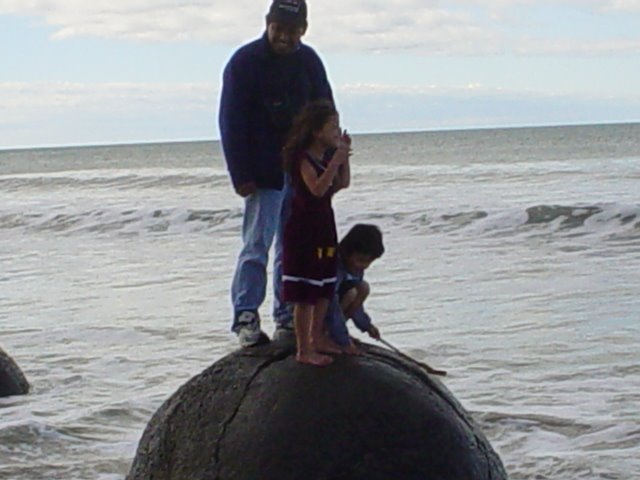Title: Malaysia; a car driven economy.
Title: Malaysia; a car driven economy.
The plane landed at Changi Airport just after 9pm. I changed some money into Sing dollar, just enough for the taxi ride across the causeway to JB. It wasn’t that expensive from the airport to Eunos, where the causeway bus and taxi stand was, but it was already late, just after 10pm and no bus to JB. So I took a taxi to catch up with the midnight bus from JB to KL. It was Sing $40 for the taxi ride from Eunos to the (what its name) bus stand a few miles outside JB. My first impression is that it’s beyond reason to build a bus stand miles outside the city centre, unless it is connected to the city centre with a commuter train or shuttle bus service. From JB to KL only took me 4½ hours and RM15 by bus.
KL in the early hours was a jumble of unfinished highways and viaducts. It gets worse as the day progresses – bumper to bumper traffic jam and honking irate drivers from morning till night. Obviously the new highways and viaducts are to cope with the numbers of cars on the road. It becomes obvious later that the Malaysian economy is driven by cars – fuelled by subsidised cheap petrol and no-deposit 7 to 9-year financing. Car ownership is at all time high, so great is the nation’s love affair with car that the other alternative – public transport, is stifled and fighting for survival. The evidence is all over the country – Intrakota and Park May, bus companies have been bleeding losses for a number of years and on the verge of bankruptcy. A few month ago, a finance company seized Intrakota’s buses for non-payment of loans.
Bus companies in this country has always been controlled and kept at a low rate. Bus companies have been subsidizing the commuters on behalf of the government for aeons. Just look around the city and countryside. Buses in the city are at least 10 years old; the situation gets worse in the countryside, where 20 year old buses are common. In financial terms, money is not being ploughed back into the business to replace depreciated capital, debt servicing and dividend payment to shareholders take precedence.
The number of cars on the road fuel economic growth in several areas from highway building to component manufacturing and car servicing. Every six month Malaysian Car Industry Association would release the latest car sales figures. The number of cars sold reflects the state of economy for the past six month. Financing car is cheap and does not make sense; you can buy a small compact hatch for no-deposit and monthly repayment of RM300 or less stretched over 7 to 9 years, using the car as collateral. So in a few years time, the value of the car is worth much less than what you owe the finance company. If you are smart enough to ditch the car (give it back to the finance company, after all the ownership paper says it is still theirs), the finance company would face losses.
Left to its own devices, this car driven economy could present problem in the future. Fuel subsidy cost is gobbling significant amount of cash, RM4.9 billions at the last press statement by Datuk Mustapha Mohamed. That RM4.9 billions in fuel subsidy could go a long way to pay for the country’s development expenditure, instead of subsidizing rich, middle class, 3-4 car family. Well intentioned but missed the target by a wide margin.
Worse, some of the subsidy goes to Singaporeans who crossed the Causeway every chance they get to fill up their tanks. How we love to poke at Singaporeans, yet we subsidize them with cheap fuel, rice, sugar, chicken etc.
More Malaysians thought that car is a form of investment which holds its value, when in reality it diminishes its value with time (depreciate). Traffic congestion in the cities started to waste everyone’s time, a major stumbling block to increase productivity. In fact it probably started to reduce productivity and increasing the cost of doing business.
How I would handle it differently?
Remove fuel subsidy to start with, then use some of the savings to subsidize public transport companies and individuals – train, bus, and taxi on passenger-mile basis, e.g. one passenger for 1 km RM1 subsidy, so short distance travel by public transport could be free. This will simultaneously reduce congestion in the city, (higher fuel cost is a disincentive to drive to work) and improving public transport by attracting more investments.







No comments:
Post a Comment